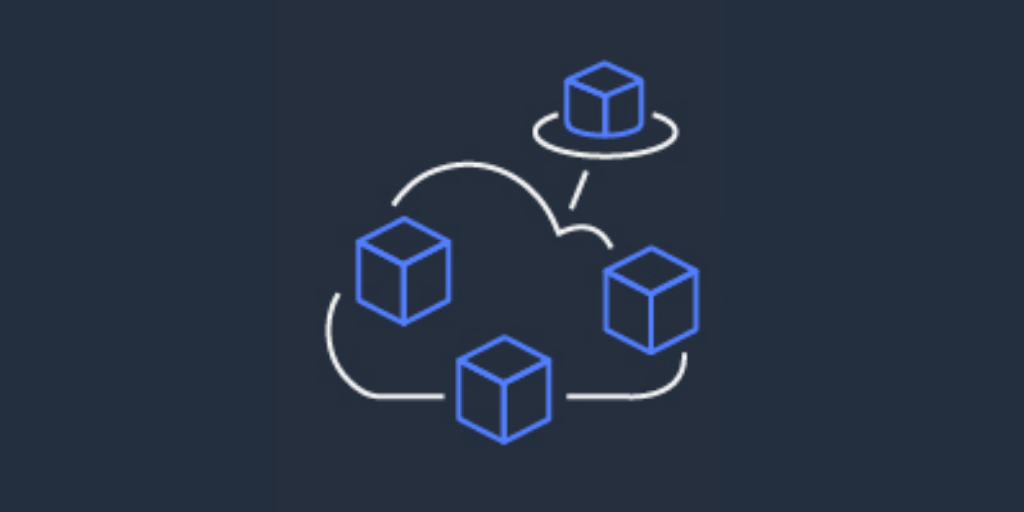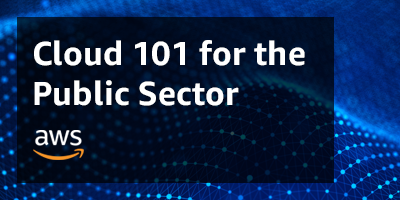AWS Public Sector Blog
Category: Government
Open source in the fight against COVID-19
As we continue to work with public sector bodies around the world, AWS understands how valuable open source software and development communities are at this time. To accelerate the combined global response to COVID-19, we gathered examples of third-party open code, tools, and standards that reformers in the public sector can immediately use. We’ve included these in a new resource now available in Open Government Solutions.
Developers’ guide to the AWS Public Sector Summit Online 2020
The annual AWS Public Sector Summit is now an online experience. At the virtual event, developers can build their own agenda, choosing between two session tracks as well as multiple virtual booths, zones, and activities. If you’re a developer who has registered or are thinking about registering, here’s what you need to know.
Announcing Amazon Elastic Kubernetes Service (EKS) in AWS GovCloud (US)
Amazon Elastic Kubernetes Service (Amazon EKS) is now generally available in AWS GovCloud (US) Regions. Now government organizations and commercial organizations in government-regulated industries who adopt Kubernetes as their standard for orchestrating containers can use Amazon EKS to deploy a managed Kubernetes cluster on AWS. According to the 2019 Cloud Native Computing Foundation survey of their community, Amazon EKS is the leading method for deploying Kubernetes.
The COVID-19 Healthcare Coalition: Collaborating to save lives
The COVID-19 Healthcare Coalition is a private-sector led response to COVID-19 that brings together healthcare organizations, technology firms, nonprofits, academia, and startups to preserve the healthcare delivery system and help protect U.S. populations. AWS is a member of the COVID-19 Healthcare Coalition, working side by side with leading healthcare providers and researchers such as the Mayo Clinic, Johns Hopkins, and ZocDoc. Together, we’re coordinating our collective expertise, capabilities, and data to provide insights to improve clinical outcomes.
First step in enterprise modernization: Securely transferring data to the AWS Cloud
One of the most difficult aspects in IT modernization in any industry—especially in highly regulated ones like government, financial services, and healthcare—can be getting data securely from on premises to the Amazon Web Services (AWS) Cloud. In capital markets, moving fast while staying secure can determine an organization’s ability to modernize, optimize, and innovate with new technologies such as data lakes, big data analytics, and machine learning.
Providing immediate support today and operational resiliency for tomorrow
Across recent customer engagements, our teams have seen an increase in requests for support in four key use cases: remote workforce and productivity, citizen engagement, data management and analytics, and operational resilience and business continuity. Today I want to share a few stories of success where customers have implemented AWS services to address these use cases. They address four of the most urgent IT issues facing public sector customers in the crisis.
Build the foundations of your cloud journey
Getting started with the cloud can be challenging, but it doesn’t have to be. The first step is understanding the basics. Learn what the cloud is, how it works, and its benefits. Next, learn the different types of cloud computing and the foundational cloud services to help get you started making sense of large amounts of data, innovating quicker, handling sudden changes in demand, and more.
In case you missed it: April 2020 top blog posts round up
In April 2020, the AWS Public Sector Blog covered stories on AWS launching machine learning enabled search capabilities for COVID-19 dataset, supporting healthcare with technology in response to COVID-19, and building a chatbot for your school in less than an hour. For more blog highlights from this month, you can also check out The Brief, hosted this month by Ray Rogers, the host of the Fix This podcast.
Resources for military spouses on Military Spouse Appreciation Day
On Military Spouse Appreciation Day, we want to acknowledge the significant contributions, support, and sacrifices of military spouses worldwide. For military spouses, finding employment can be a challenge. To help prepare military spouses for roles in technology, Amazon offers no cost training for US military spouses, transitioning military, and veterans through its AWS Educate initiative.
Top sessions on security for the public sector from AWS re:Inforce 2019
Until we can meet again, we’ve curated a collection of the top AWS re:Inforce 2019 sessions for security and compliance professionals in the public sector. These sessions answer the compliance questions you were afraid to ask, share ways to harness diversity in your security organization, explore how AWS security services can help encrypt data, manage security alerts, and automate compliance.









